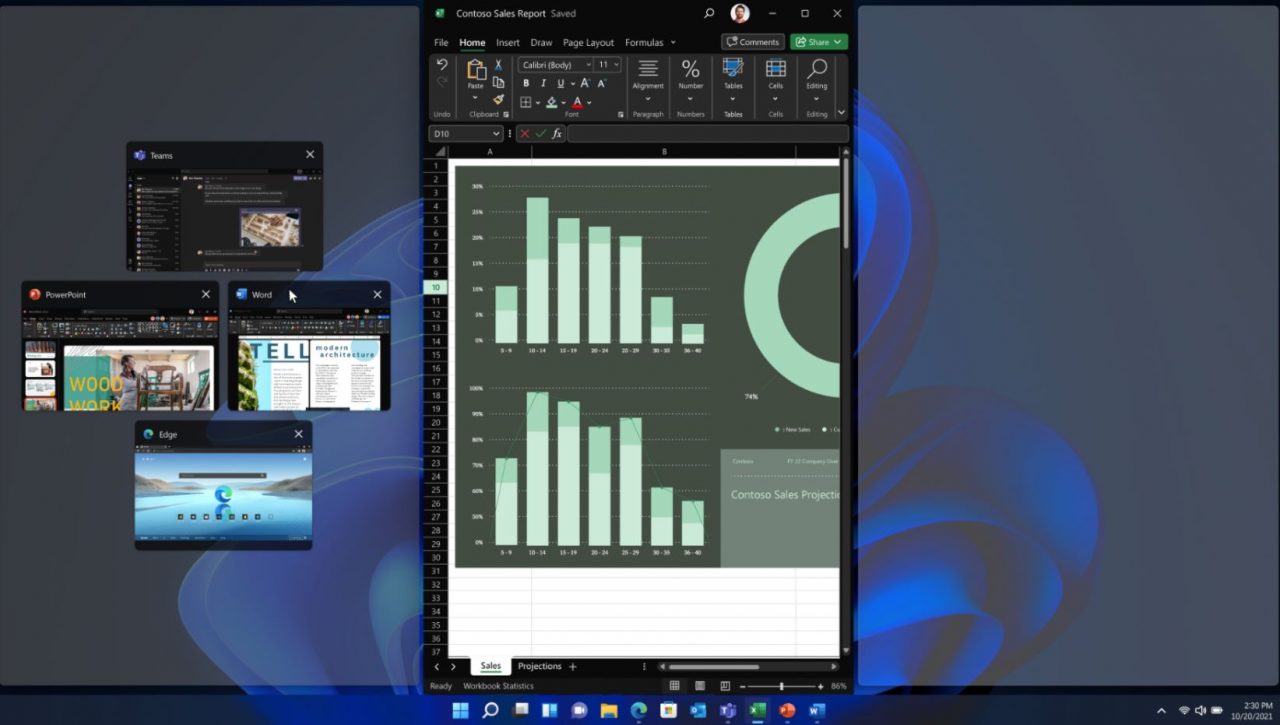
About two-thirds of murres killed were adults, a substantial blow to breeding populations. Additionally, 22 complete reproductive failures were observed at multiple colonies region-wide during (2015) and after (2016–2017) the mass mortality event.

These events co-occurred with the most powerful marine heatwave on record that persisted through 2014–2016 and created an enormous volume of ocean water (the “Blob”) from California to Alaska with temperatures that exceeded average by 2–3 standard deviations.ĭie-offs and breeding failures occur sporadically in murres, but the magnitude, duration and spatial extent of this die-off, associated with multi-colony and multi-year reproductive failures, is unprecedented and astonishing. Other studies indicate that this prolonged heatwave reduced phytoplankton biomass and restructured zooplankton communities in favor of lower-calorie species, while it simultaneously increased metabolically driven food demands of ectothermic forage fish. In response, forage fish quality and quantity diminished. Similarly, large ectothermic groundfish were thought to have increased their demand for forage fish, resulting in greater top-predator demands for diminished forage fish resources. We hypothesize that these bottom-up and top-down forces created an “ectothermic vise” on forage species leading to their system-wide scarcity and resulting in mass mortality of murres and many other fish, bird and mammal species in the region during 2014–2017.Ĭitation: Piatt JF, Parrish JK, Renner HM, Schoen SK, Jones TT, Arimitsu ML, et al. Received: JAccepted: NovemPublished: JanuPLoS ONE 15(1):Įditor: David Hyrenbach, Hawaii Pacific University, UNITED STATES (2020) Extreme mortality and reproductive failure of common murres resulting from the northeast Pacific marine heatwave of 2014-2016.
KILLED MARINE WILDLIFE MASSE FREE
This is an open access article, free of all copyright, and may be freely reproduced, distributed, transmitted, modified, built upon, or otherwise used by anyone for any lawful purpose. The work is made available under the Creative Commons CC0 public domain dedication.ĭata Availability: All relevant data are within the manuscript and its Supporting Information Files, with the exception of data found elsewhere: Beach survey and necropsy data from studies conducted by the USGS Alaska Science Center (DOI: ) pathology/necropsy data from the USGS National Wildlife Health Center (DOI: ) Beach survey data available from COASST ( BeachCOMBERS ( ), and Beach Watch ( raw data requests at respectively, with data use agreement.


Murre breeding biology data are available upon request from the U.S. Fish and Wildlife Service National Wildlife Refuges (NWR) ( ) including San Francisco Bay NWR Complex, Castle Rock NWR, Oregon Coastal NWR Complex, and the Alaska Maritime NWR, and from Pointblue Conservation Science ( Data on pelagic distribution of murres in Supporting Information were from the USGS North Pacific Pelagic Seabird Database (NPPSD) ( ). Data on sea surface temperatures were from the Hadley Center Sea Ice and Sea Surface Temperature (HadISST) data set freely available at ( ).įunding: These analyses were supported by funding from the USGS Ecosystems Mission Area and the North Pacific Research board to JFP and by NSF EHR/DRL award 1322820 and Washington Department of Fish and Wildlife award 13-1435 to JKP, and NPS Ocean Alaska Science and Learning Center grant to HAC. The funders had no role in study design, data collection and analysis, decision to publish, or preparation of the manuscript.Ĭompeting interests: The authors have declared that no competing interests exist. Marine heatwaves (hereafter “heatwaves”), defined as prolonged periods where ocean temperatures are much warmer than usual, have recently emerged as a major mode of ocean-climate variability that can significantly alter marine ecosystem structure, phenology and marine species distributions.


 0 kommentar(er)
0 kommentar(er)
